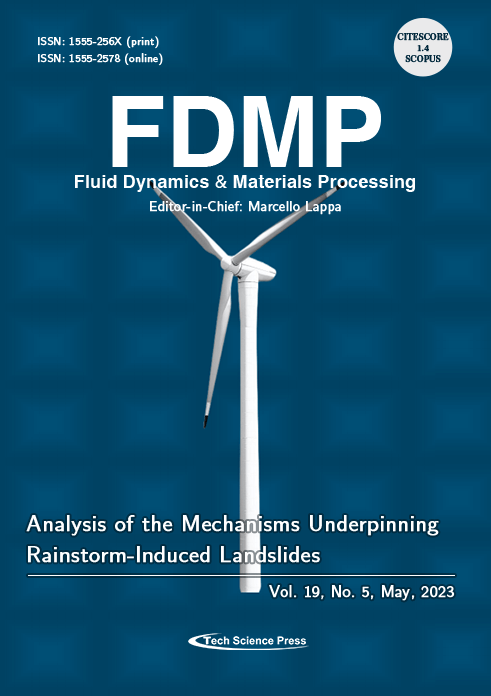Numerical Analysis of Dynamical Effects Associated with a Plugging String in a Horizontal Well
Guangsheng Liu1,2, Qingming Gan1,2, Wen Wu3, Haitao Yang1,2, Yiming Lv1,2, Wenhao Cui1,2, Wei Lin4,*
FDMP-Fluid Dynamics & Materials Processing, Vol.19, No.5, pp. 1203-1214, 2023, DOI:10.32604/fdmp.2023.022022
- 30 November 2022
Abstract The finite element method has been applied to simulate the dynamics of a water plugging string in a complex horizontal well of a low-permeability oilfield. The force associated with the pipe string and the packer has been determined under the sucking action of the oil well pump. Such analysis has been conducted for a real drilling well, taking into account the process of lifting, lowering, unblocking and water plugging. Comparison between field measured data and simulation data indicates that the model is reliable and accurate. The packer creep effect under different pressure differences has also More >
